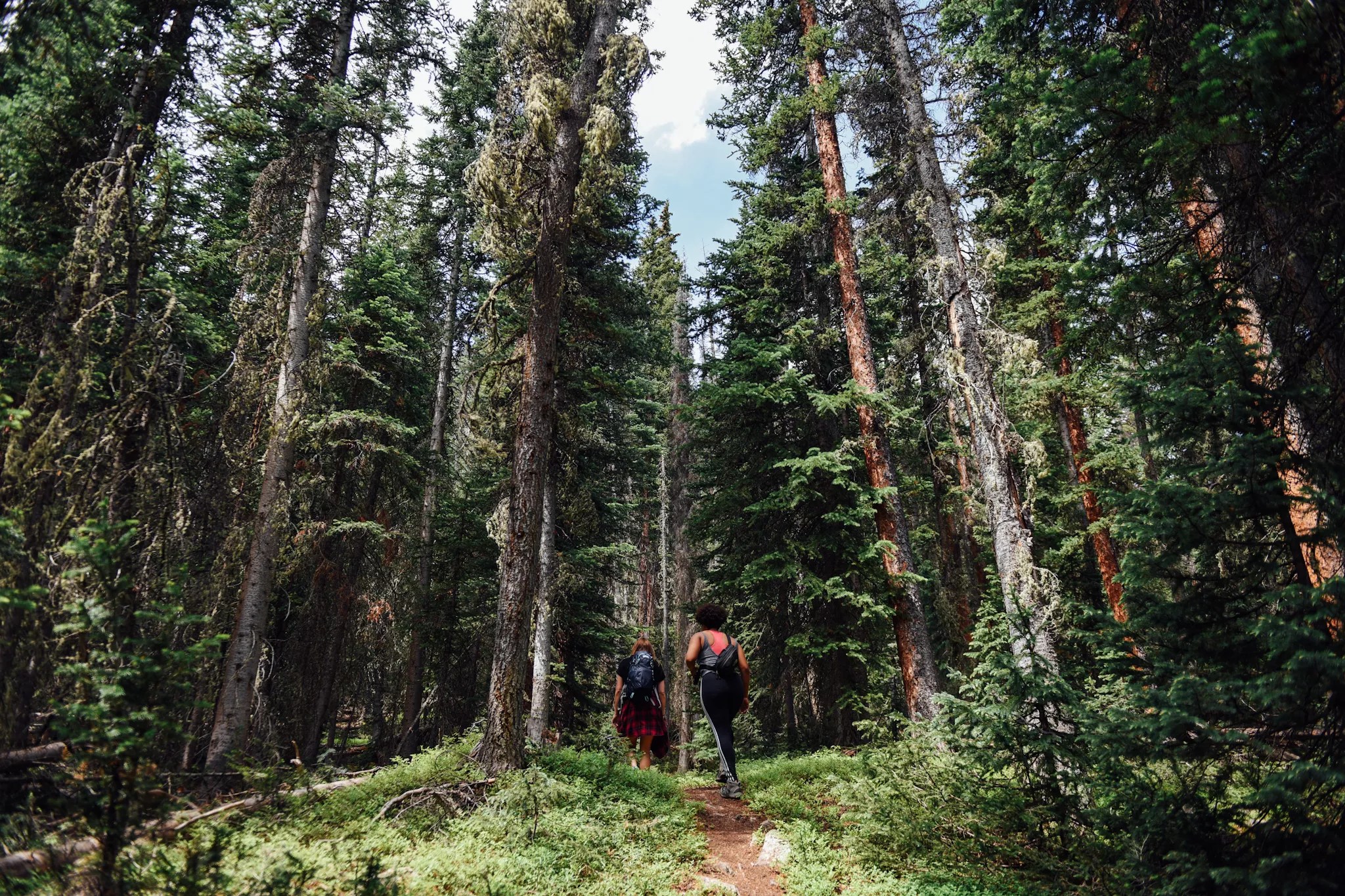
Kenzie Bruce

Audio By Carbonatix
Are you suffering from itching eyes and a runny nose? Do your allergies seem worse this spring? You’re not alone. And you can blame Texas.
According to Paul Schlatter, a meteorologist with the National Weather Service in Boulder, a combination of strong winds blowing in from the south and southeast and a lack of precipitation could be increasing the number of allergens in metro Denver over what would normally be found this time of the year.
“I would bet that’s what was happening last week,” Schlatter says. “We always get those types of allergens at some point in the spring. What was unusual is how strong the winds were.”
Before April 25, NWS Boulder had issued seven high-wind warnings in April. Although the service doesn’t keep year-to-year statistics on wind trends, Schlatter says he’d estimate that it only issues one high-wind warning on average in April.
“We can’t remember a year when we’ve had this many high-wind warnings…all within a couple of weeks in April,” Schlatter says.
In general, he notes, strong winds from any direction will bring allergens into the area. Combine those winds with little rain or snow, and you have a recipe for allergy disaster. That’s because precipitation rinses allergens out of the air, giving a respite after each storm. Unfortunately for Denver, there’s only been one-one hundredth (0.01) inches of precipitation so far in April, according to preliminary monthly climate data from the National Weather Service. And it hasn’t snowed at all.
“Allergens are just staying in the air without anything to wash them out,” Schlatter explains.
Windy conditions also increase the risk of fires. The National Weather Service issued a red flag warning for fire in the Denver area as recently as April 22. The service issues red flag warnings when an area is experiencing low relative humidity, high wind and dry conditions.
And even once those pesky winds from the south and southeast die down, Schlatter says that winds coming from the west might bring in a similar amount of allergens in the coming month or so, as the evergreen trees in the mountains release pollen when it gets warmer.
“It just takes a little bit of western wind to bring allergens into our area,” he adds. “That’s usually how we get tree allergies; that’s coming.”
If you can’t stay inside on windy days, keep allergy medicines and tissues close at hand.